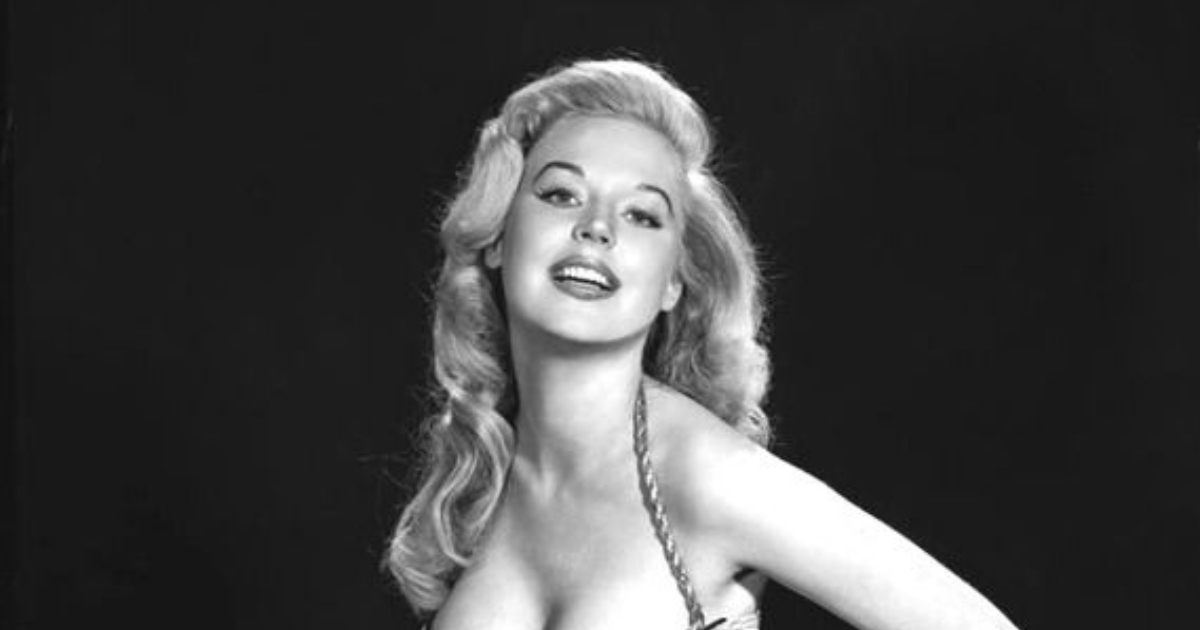Before the age of digital manipulation and Instagram fame, Betty Brosmer reigned as the highest-paid pin-up model of the 1950s, captivating audiences with her natural hourglass figure and stunning features. Born Betty Chloe Brosemer on August 6, 1935, in Pasadena, California, her photogenic qualities were evident early on. By 13, living in Los Angeles, she began modeling locally, quickly gaining national attention with appearances in Photoplay and other teen magazines. A pivotal moment came at 15 when she won a New York City beauty contest and was featured in Life Magazine, propelling her into modeling stardom. Her distinctive figure, reportedly 38-18-36, became instantly recognizable, leading her to dominate over 300 magazine covers and thousands of advertisements, calendars, and pin-up spreads throughout the decade.
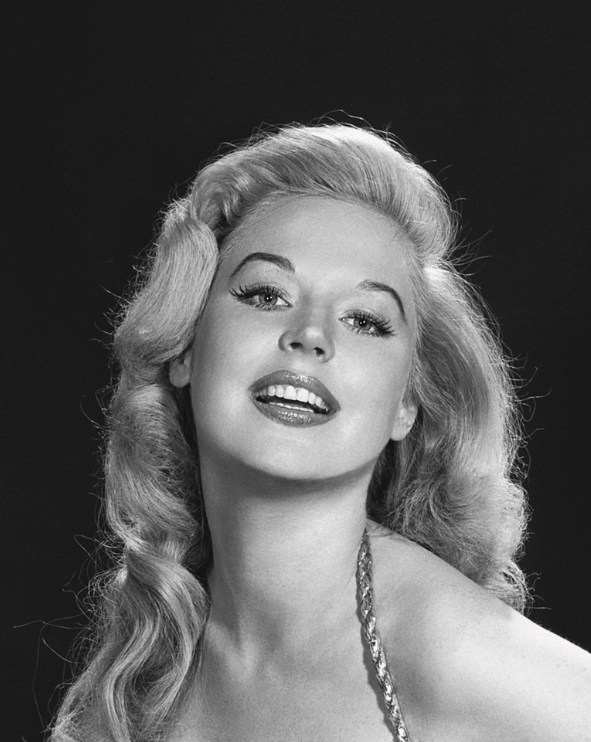
What truly set Brosmer apart was her extraordinary business acumen, a rarity for models of her era. Unlike many who surrendered control of their images, Betty was a pioneer in retaining the rights to her photographs, recognizing the enduring value of her personal brand long before the concept was mainstream. Demonstrating remarkable integrity, she steadfastly refused lucrative offers to pose nude, including for Playboy, prioritizing her personal values over immense financial gain. This revolutionary approach allowed her to carve out a niche as both an icon and an entrepreneur, effectively becoming a brand herself in an industry that often commodified and marginalized women.
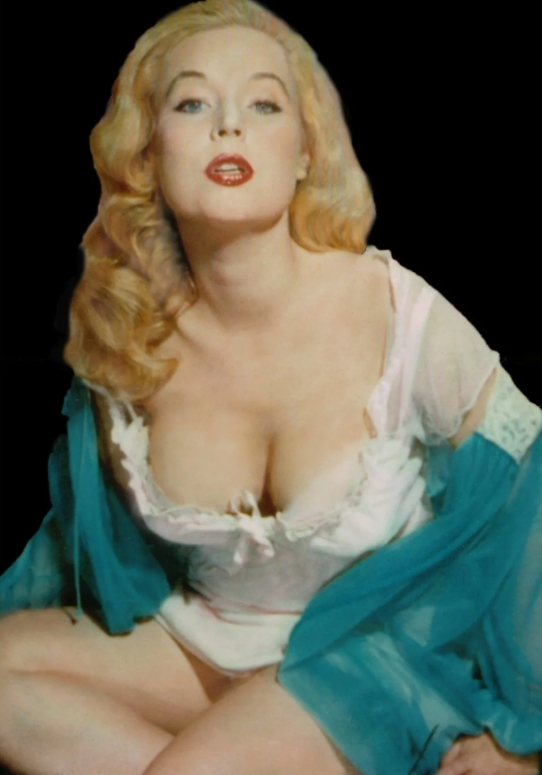
In 1961, at the zenith of her pin-up career, Betty made a transformative personal and professional choice: she married Joe Weider, a prominent bodybuilder and publisher who co-founded the International Federation of Bodybuilding and Fitness (IFBB) and created Muscle & Fitness magazine. This union marked a significant pivot in her life, as Betty transitioned away from pin-up modeling and immersed herself in the world of health and fitness. As Betty Weider, she became a consistent and respected voice, co-writing columns on nutrition, exercise, and health for major fitness publications like Muscle & Fitness, Shape, and Flex for over three decades.
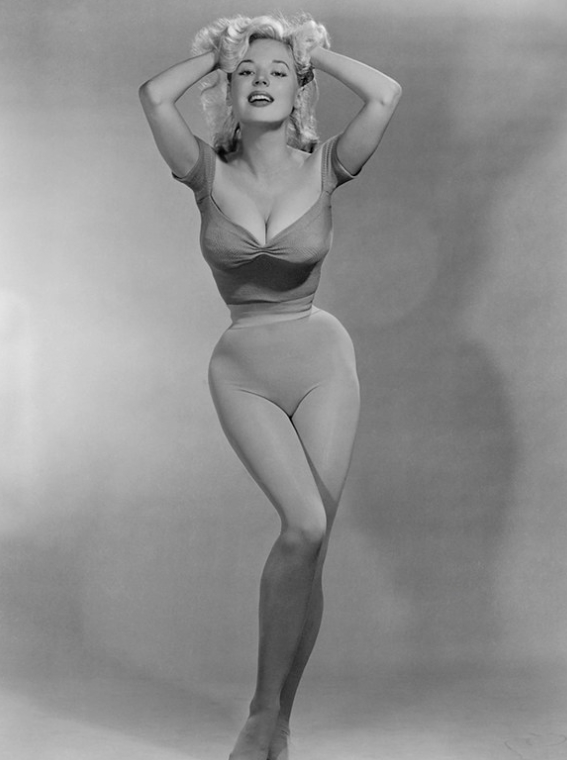
Betty Weider’s influence in the fitness world was profound, especially given that the industry was heavily male-dominated at the time. Her writing was characterized by its accessibility and sincerity, consistently advocating for strength, self-respect, and overall well-being over superficial beauty ideals. She wasn’t merely the “first lady of fitness” in title; she genuinely pioneered the message that women could pursue weight training, achieve physical strength, and maintain their femininity. This seamless and successful transition from a celebrated sex symbol to a revered fitness role model demonstrated her ability to build upon her existing platform, promoting positive body image and lifelong wellness without abandoning her roots.
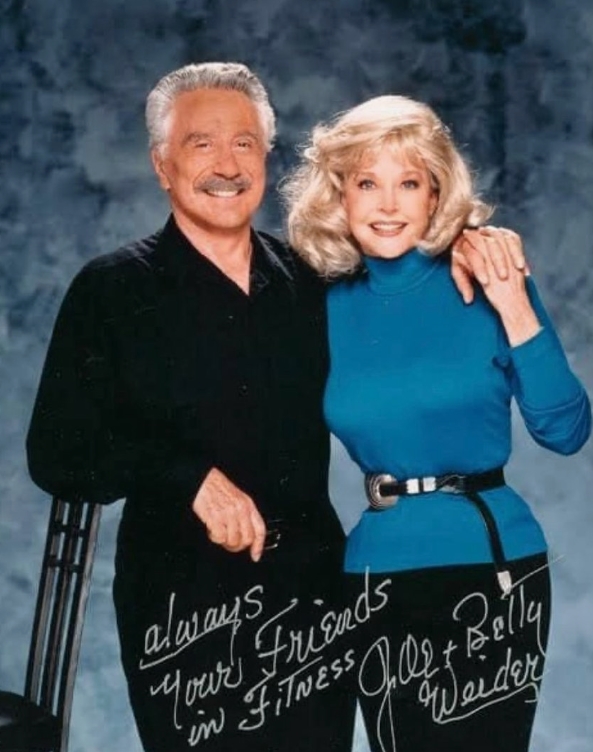
Betty Brosmer’s legacy extends far beyond her famous physique. Her marriage to Joe Weider lasted over five decades until his passing in 2013, a rare testament to enduring love and partnership in the public eye, as they jointly built a global fitness empire. Today, while some remember her for her “tiniest waist,” her true legacy lies in breaking barriers for women in an era of limited roles. She defied expectations, maintained control of her image, and reinvented herself with unwavering purpose. Now in her late 80s, Betty Brosmer stands as a symbol of timeless beauty, sharp intellect, and remarkable resilience, serving as a blueprint for generations of women in media, sports, and entrepreneurship who are inspired by her story of empowerment and authentic self-definition.
